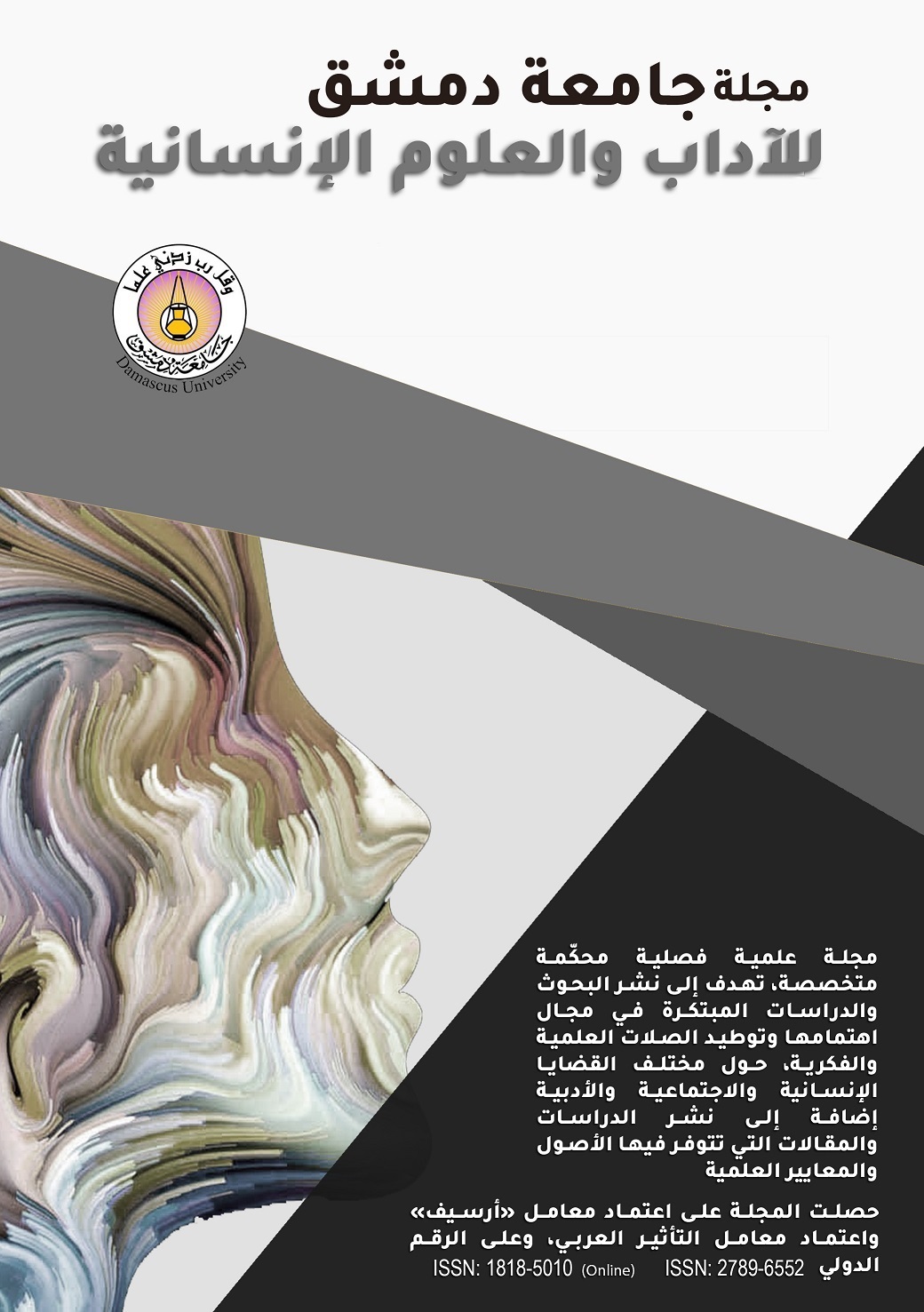Methods of Stereotyping the Arab Other In the Introduction to «The Arabic Community in the Time of One Thousand Nights and a Night»
Keywords:
Methods of Stereotyping the Arab Other In the Introduction to «The Arabic Community in the Time of One Thousand Nights and a Night»Abstract
This research, titled «Methods of Stereotyping the Arab Other» In the introduction to «The Arabic Community in the Time of One Thousand Nights and a Night» is classified among the critical and cultural research as it sheds light on the most important and impressive works for the Orientalists in creating the image of the East for the Western Reader.
The British Edward William Lane visited Egypt three times in the middle of the 19th century, and there he learned the Arabic Language in depth and experienced Arab’s social life; when he came back to Britain, he translated the book «One Thousand Nights and a Night» into English and added in the end of each chapter notes, explanations and comments. After his death, his nephew Stanely Lane Poole edited and published this book separately under the title «The Arabic Community in the Time of One Thousand Nights and a Night». The study of the introduction to this book has revealed the methodology of negative stereotyping of the Other, the Arab or the Eastern which is generalized in the whole East along the ages. The East is always presented as ahistorical mysterious space where time is frozen and development is at a standstill versus the historical west which is continuously in progress across the generations and within the global Western State that presents the end history which the Germanic Philosopher Hegel prophesied and which the American Philosopher Francis Fukuyama advocated later.

